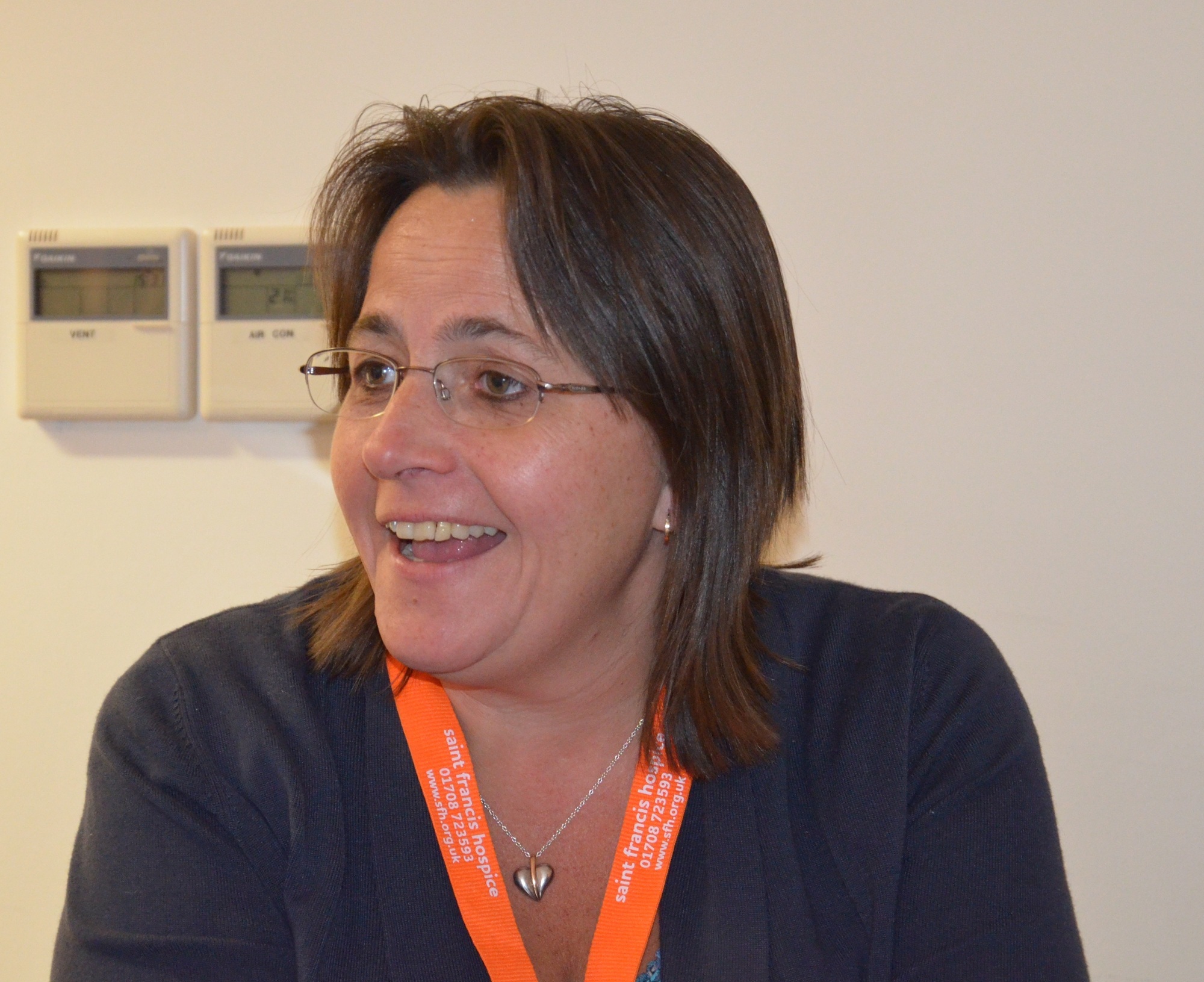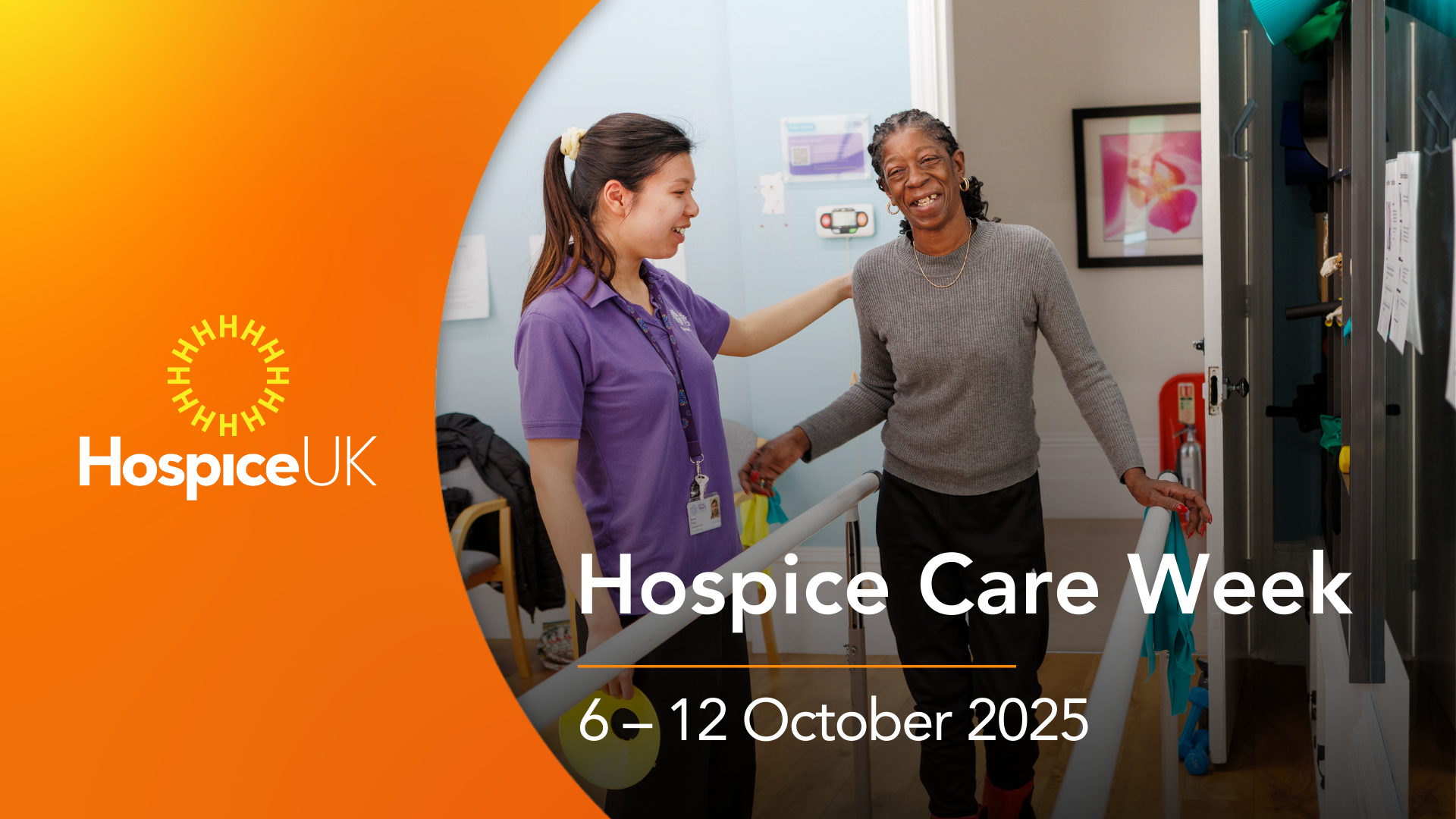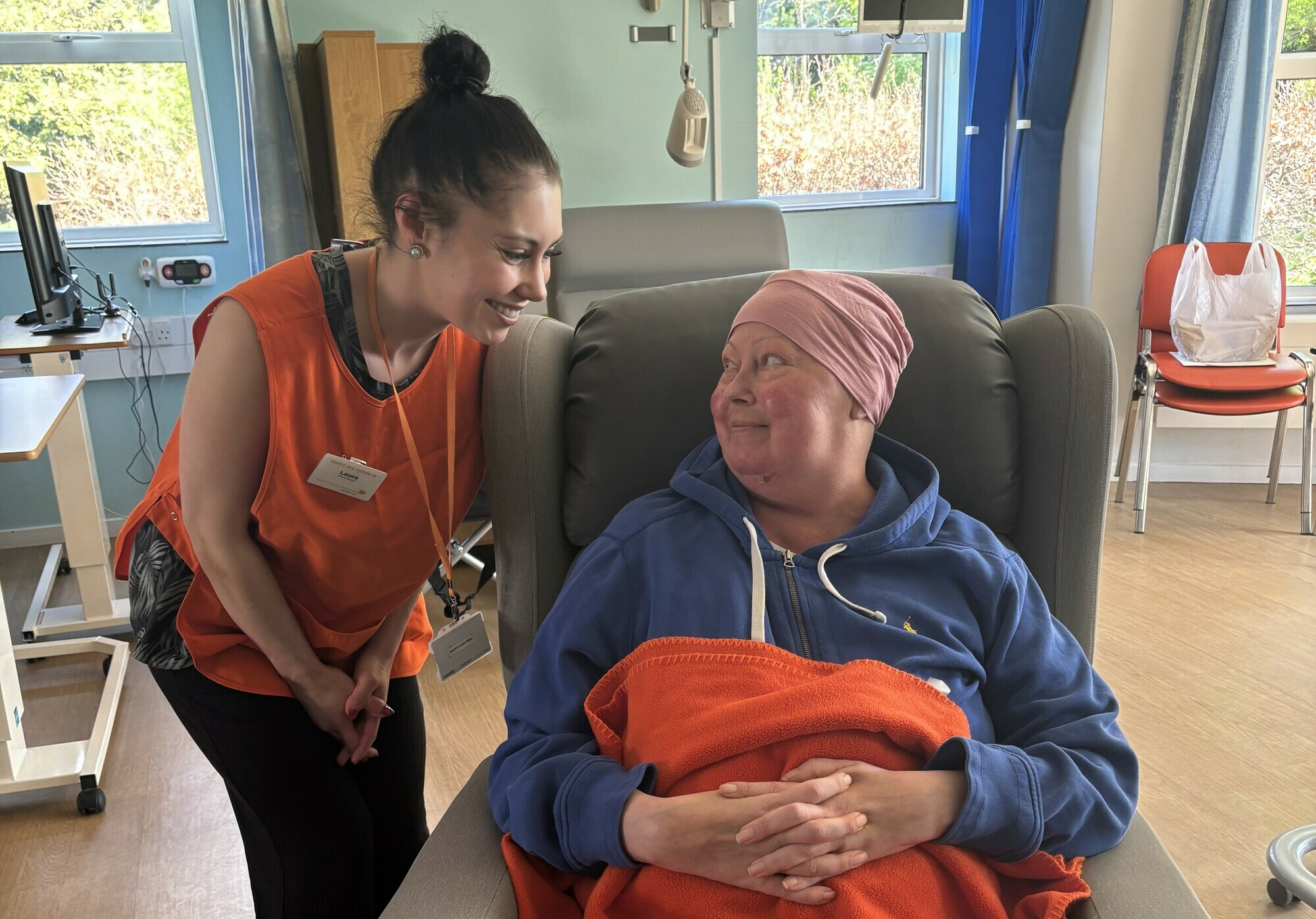Adapting amid the pandemic

We promptly put measures in place so that we could continue services and provide our patients with the care they need. Acting quickly in the first two months of the pandemic was crucial. We had to get ahead and prepare for the possibility of the infection rate soaring, which soon became a reality.
When people think about our Hospice, the first thing that springs to mind for many is the care on the ward. Yet, we're so much bigger than that. Four out of five people we care for are in the community.
These services include Hospice at Home, Community Clinical Nurse Specialists, bereavement support, and occupational, complementary, and physiotherapy.
Many of our teams are hands-on and in people's homes. Not only do they have to manage social distancing, but also people's fear of them bringing the coronavirus into their households. Our Hospice at Home team discovered that delivering care with a smile behind a mask and not being able to touch is an enormous challenge.
We also faced another perplexity: we didn't know how many patients would be living with COVID-19. Delivering end of life care, alongside multiple health conditions, suddenly became even more complex with the added threat of the coronavirus.
One significant service change was the temporary closure of Pemberton Place: the Hospice's social hub for people living with life-limiting illnesses, which is a lifeline for many. We didn't want to cut that aid off entirely. We've been in regular contact with our outpatients through phone calls supporting them both mentally and physically.
OrangeLine is the Hospice's service for those in need of friendly conversation. The team has been alert to the possibility of social distancing and the lockdown resulting in OrangeLine users feeling even more alone and isolated.
Many receiving bereavement therapy became disheartened that sessions couldn't be held in person, which created another need for care.
There isn't one service that hasn't had to adapt, and I'd like to thank everyone who is a part of our Hospice for adjusting so that we can continue to deliver throughout the pandemic.
We have to behave as though everyone has tested positive for COVID-19. People have been accepting and understanding, which is a testament to our staff and the community.
Many hospitals and care homes swiftly put a stop to visitors. The decision on people visiting the ward was one of the hardest our Hospice has had to make in its 35-year history.
We simply couldn't deprive people of visiting their loved ones in what could be their final moments. It's a credit to everyone that visitors are still safely welcomed at Saint Francis Hospice to cherish those precious moments.









